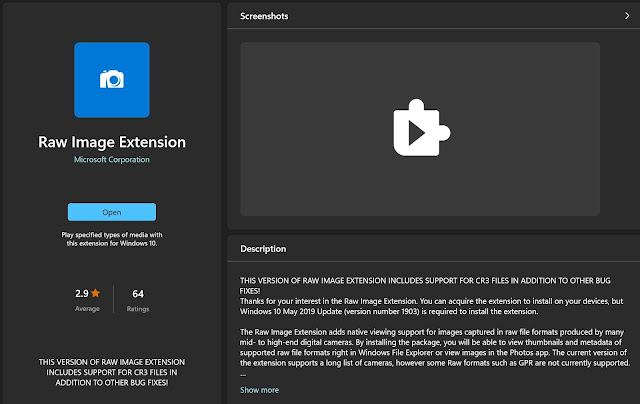I recently attended a two day training course at
Stills Centre for Photography in Edinburgh for their training course "
An Introduction to the Platinum/Palladium Print". This is what would now be termed an alternative process (i.e. chemical not digital) although it works well as a hybrid process to contact print from digital negatives. As someone who is familiar with the Cyanotype process I already had some of the basic concepts around contact printing with a digital negative but the Pt/Pd print process is more involved and more exacting with chemicals which are much more expensive so it seemed like a good idea to get some training first.
 |
| scan of Pt Pd print |
Day one of the training was very hands on and based in the darkroom, cutting and coating papers, learning some drop ratios, exposing to UV and then working through the various chemical baths to get finished prints. To prepare for this we had submitted image files in advance of the course start date, which had been used to provide us with a pre-prepared digital negative.
 |
| we were encouraged to write detailed notes on the back |
The paper used was Bergger COT-320 (cotton 320gsm) and this was coated with a sensitizing solution, e.g.:
- 3 drops Potassium Tetrachloroplatinite
- 3 drops Sodium Tetrachloropalladate
- 6 drops Ferric Oxalate
- 6 drops Ferric Oxalate and Potassium Chlorate
 |
| work area for mixing the sensitizer to coat the paper |
 |
| this UV light box was used to expose the prints |
 |
| developing and clearing, the first 4 trays |
The developer was Ammonium Citrate with clearing baths of Tetrasodium EDTA and Sodium Sulphite.
 |
| print progressing, tray 4 |
 |
| we had plenty of sink space for all the trays |
 |
| print hanging up to dry |
Day two of the training was to work on the digital negatives, printing test images and step wedges which could be analysed to construct a correction curve to optimise the process. This meant moving between the darkroom and the digital lab.
 |
| step wedge, no curve, test print |
This was scanned and loaded into Photoshop to analyse the output values for each box. I don't have Photoshop CC, instead I use Photoshop Elements which only has limited curve support and Lightroom which is also awkward in it's curve handling. So I'll need to think about what tools will be best for me going forward.
 |
| test print with basic step wedge, no curve |
Conclusions: There were just five of us attending the course so tutor (Brittonie Fletcher) to pupil ratio was good. All materials, paper, chemicals etc were included so no hidden extras. I thoroughly enjoyed the course and could recommend it to those interested in gaining this type of skill. To this I would however add two small caveats. Firstly, although an introductory course, there is a lot to take in so if you had never stepped in a darkroom and never come across the idea of digital negatives then I could imagine the course might prove a little overwhelming. Secondly there was a lot to do in the time available and the print process is intrinsically slow so there's no real breathing space, it felt to me like the course would have benefited from being a couple of hours longer.
Platinotype prints can deliver a large tone scale, especially in the shadows and allowing deep dark tones, this combined with their ability not to fade over time make them desirable. To start doing these myself, once I have my new darkroom setup, I would need to get a Pt/Pd chemical kit. Some of the chemicals go off over time so I'll delay getting them for the time being.













Comments
Post a Comment